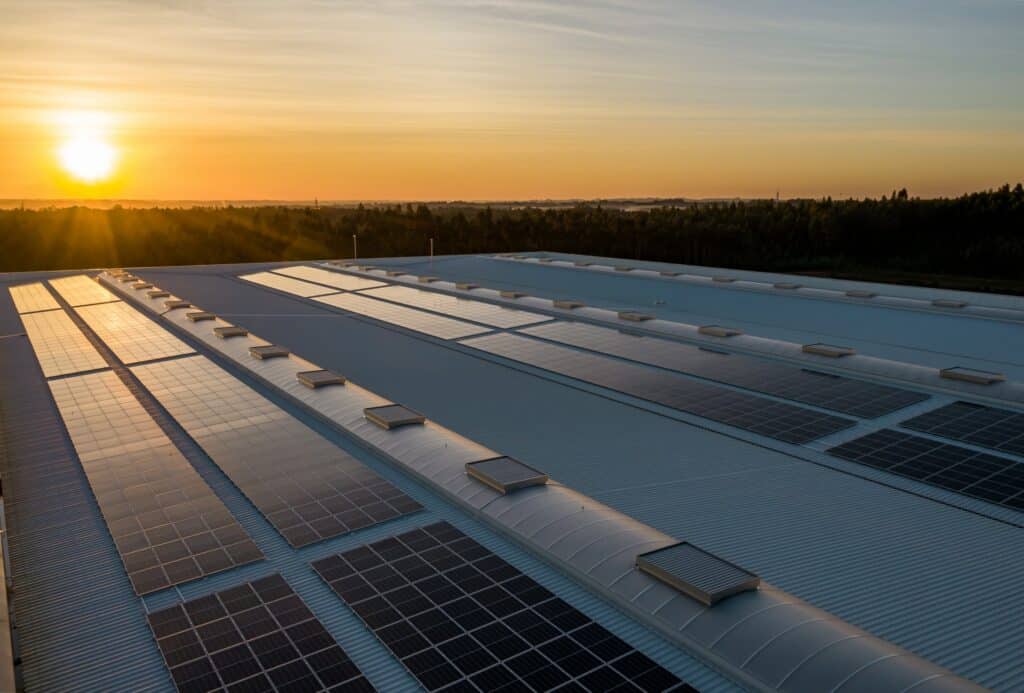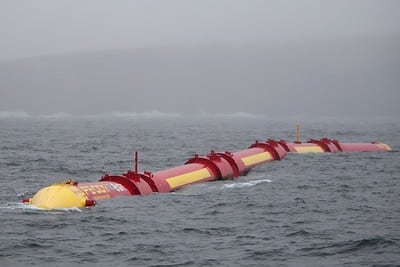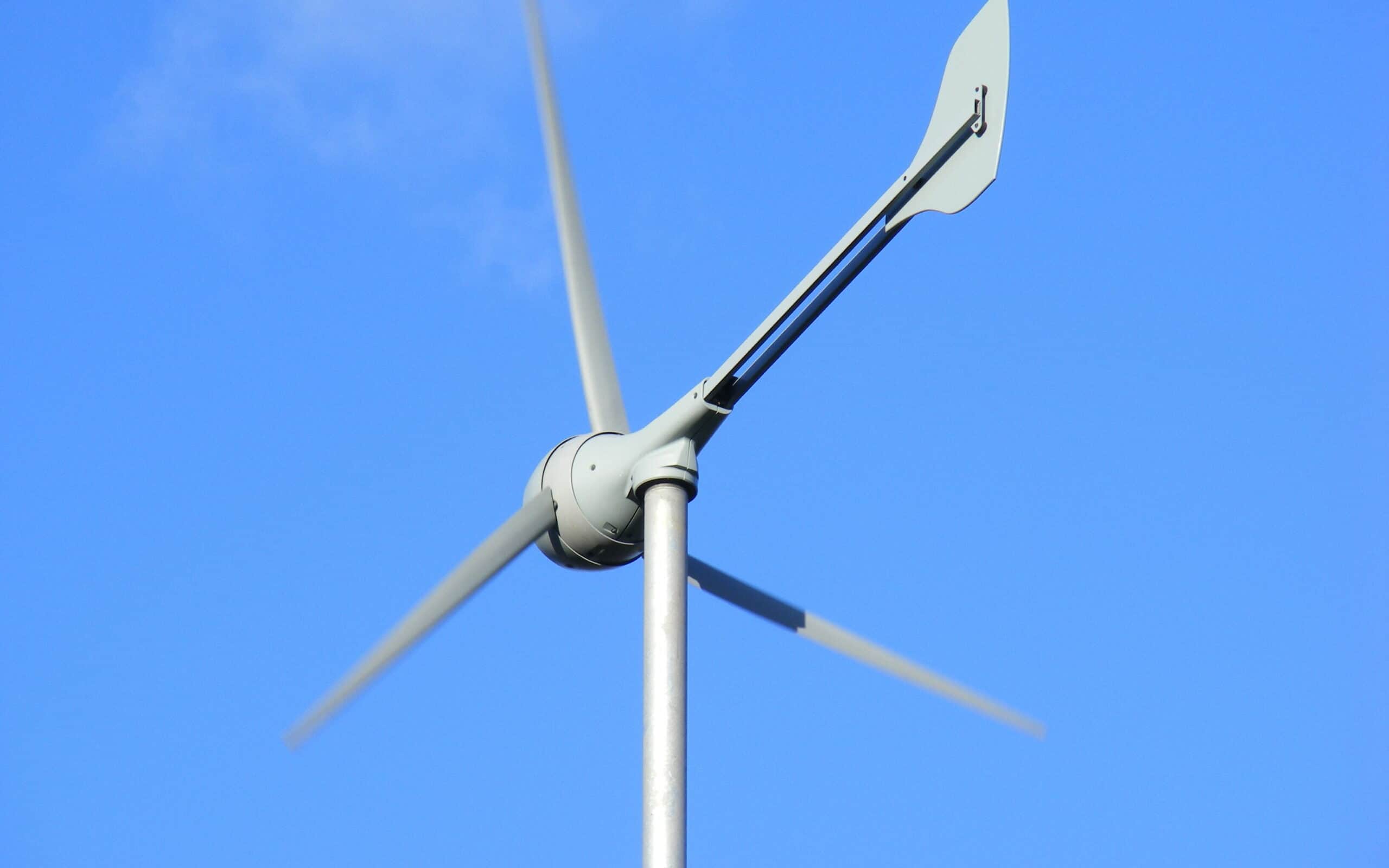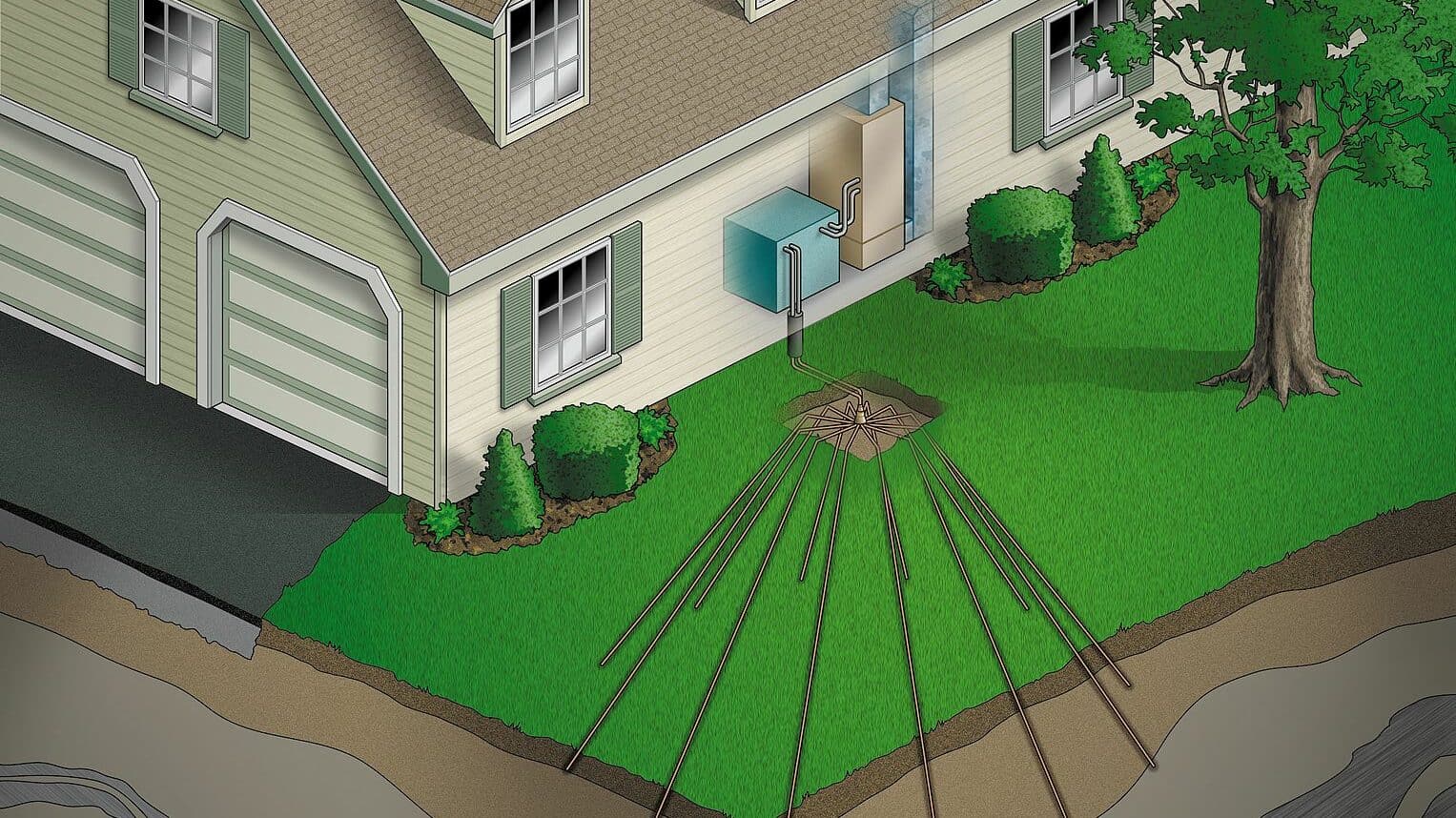Introduction – Best Clean Energy Heating
There are many clean energy heating systems available that can help reduce your carbon footprint. In this blog post, we will discuss seven of the best clean energy heating systems available today.
What Are Clean Energy Heating Systems?
When people think of clean energy, they often think of solar panels and wind turbines. However, many other types of clean energy technologies can be used to power our homes and businesses.

One increasingly popular option is a clean energy heating system. These systems work by using heat pumps to transfer heat from the ground or air into our homes. This process is incredibly efficient, and it can help to significantly reduce our energy consumption.
In addition, clean energy heating systems generate no emissions, making them an environmentally-friendly option for heating our homes. As the cost of traditional fossil fuels continues to rise, clean energy heating systems are becoming an increasingly attractive option for homeowners and businesses alike.
Here Are 7 Best Clean Heating Systems That Reduce Carbon Footprint
Home heating and cooling systems account for about 48% of the energy used in a typical U.S. home, so it’s no surprise that many people are looking for ways to make their homes more energy efficient. Here are seven of the best clean energy heating systems to consider for your home:
1. Solar Energy Powered Home Heating
Solar panel energy power is energy that is generated from the sun and converted into electricity. Solar panels contain photovoltaic cells that convert the sun’s rays into electricity. Sunlight is composed of photons, which are particles of solar energy. When these photons hit the solar panel, they are absorbed by the photovoltaic cells. These cells convert that energy into electrical current. This current is then sent to an inverter, which converts it into usable AC electricity. This energy can be used to heat homes. Even in the dead of winter and with snow cover there’s enough sun light to drive heating.
2. Wave Powered Energy
Wave powered energy is the energy generated from the movement of waves in the ocean. It is a type of renewable energy that is generated by capturing the kinetic energy of the waves and converting it into electricity. Wave energy can be captured using a variety of devices, such as wave buoys, oscillating water columns, and overtopping devices. Wave energy has the potential to produce clean, renewable, and cost-effective electricity with minimal environmental impacts. This technology is in its infancy and much more needs to be done to create commercially viable systems that are implemented at scale.

3. Wind Turbines
Wind turbines can be used to generate electricity, which can then be used to power an electric resistance heater. They are most effective in areas with strong, consistent winds, but they can be used in any location where there is enough wind to generate electricity. Domestic turbines will be a very expensive option. They are very big, expensive, require high wind speeds. You’d be better off using another energy generating option.

4. Biomass Boilers
To produce heat, biomass boilers burn organic materials like wood pellets, wood chips, or straw. They are very efficient and can be used to heat both homes and commercial buildings. Biomass boilers are environmentally friendly because they use renewable resources and produce little air pollution. Wood and straw are renewable in the sense that they result in a net zero balance of carbon because burning it releases carbon, but growing plants absorb the carbon.
5. Air-Source Heat Pumps
Heat pumps that get their energy from the surrounding air are essentially the opposite of a standard refrigerator. They work by taking heat from the ambient air and reusing it inside the house. Highly efficient, air-source heat pumps can save heating expenditures by as much as 30 percent.
Heat pumps run off electricity so they are most eco-friendly if the electrical grid is clean as well. The cleanest electrical grids use wind, hydro, solar and nuclear power. The dirtier electrical grids use natural gas. The dirtiest grids use petroleum and coal.
Contrary to popular belief, new modern heat pumps perform well in the winter. The key is to find the right brand and model with a low temperature rating that is lower than the ranges in your climate.
6. Ground-Source Heat Pumps
A network of underground pipes carrying antifreeze or water is used by ground-source heat pumps to draw heat from the earth. The ground temperature is usually around 55 degrees Fahrenheit so ground-source heat pumps can provide significant savings on your heating bill. Ground-source heat pumps are also very efficient at cooling homes in the summertime. These energy source is called “geothermal” and for all intents and purposes it’s considered renewable because it would take a billion years at the current consumption rates to deplete the Earth’s core of energy.

7. Solar Water Heaters
To warm homes and other indoor spaces, solar water heaters harness the sun’s rays. Solar water heaters are very efficient and can save you up to 50% on your hot water costs. Solar water heaters are also environmentally friendly because they use renewable solar energy instead of fossil fuels. They differ from solar energy systems because these are focused purely on heating water.
Benefits Of Clean Energy Heating Systems
Here are five benefits of clean energy heating systems:
1. Help to protect the environment. Burning fossil fuels releases harmful emissions into the atmosphere, contributing to climate change. Clean energy heating systems, on the other hand, use renewable resources like solar power and geothermal energy, which are much cleaner for the environment.
2. More efficient than traditional systems. Traditional heating systems often rely on outdated technology that is not very efficient. Clean energy heating systems, on the other hand, use cutting-edge technology that is designed to be as efficient as possible. This means that you can save money on your energy bills while still keeping your home warm and comfortable.
3. Low maintenance. Traditional heating systems require regular maintenance and repairs to keep them running properly. Clean energy heating systems, on the other hand, are designed to be low maintenance and require little or no regular maintenance. This means that you can save money on repairs and upkeep over time.
4. Add value to your home. If you’re thinking about selling your home in the future, a clean energy heating system can increase its market value. Homebuyers are increasingly looking for homes with green features, so a clean energy system can give you a competitive edge when it comes time to sell.
5. Offer peace of mind. When you switch to a clean energy system, you can rest assured knowing that you’re doing your part to protect the environment and reduce your carbon footprint. You’ll also enjoy the increased efficiency and lower maintenance costs that come with this type of system.
Drawbacks Of Clean Energy Heating Systems
Though often heralded as the future of energy, clean energy heating systems do have a drawback that should be considered before making the switch.
They can be expensive to install. While the initial cost may be high, however, it is essential to consider the long-term savings that will be realized on energy bills. Additionally, they can require more maintenance than traditional systems. This is because they rely on complex technology that must be regularly serviced and updated.
That expense goes into what Bill Gates has called the “green premium“. That is, the cost difference between the “green option” and the “non green option” prevents all of us from switching to the green system immediately. By reducing that difference we will push ourselves toward carbon reduction.
Despite these drawbacks, clean energy heating systems offer several advantages that make them worth considering for the future. With advances in technology, these drawbacks will likely be addressed.
Conclusion
Choosing a clean energy heating system for your home involves numerous aspects. Living climate is highly vital. In chilly winters and scorching summers, you’ll need a system that can handle both. Consider your home’s size. Larger homes need more powerful systems, whereas smaller homes can use less expensive and less powerful ones. Consider your budget. There are pricey and economical systems. Considering these variables, you can choose a clean energy heating system out of the seven provided here.

Anne Lauer
Anna Lauer is a writer, gardener, and homesteader living in rural Wisconsin. She has written for Mother Earth News, Grit, and Hobby Farms magazines. Anna is writing a new book about growing your food for free and an ultimate guide to producing food at little to no cost. When she’s not writing or gardening, Anna enjoys spending time with her husband and two young daughters.
